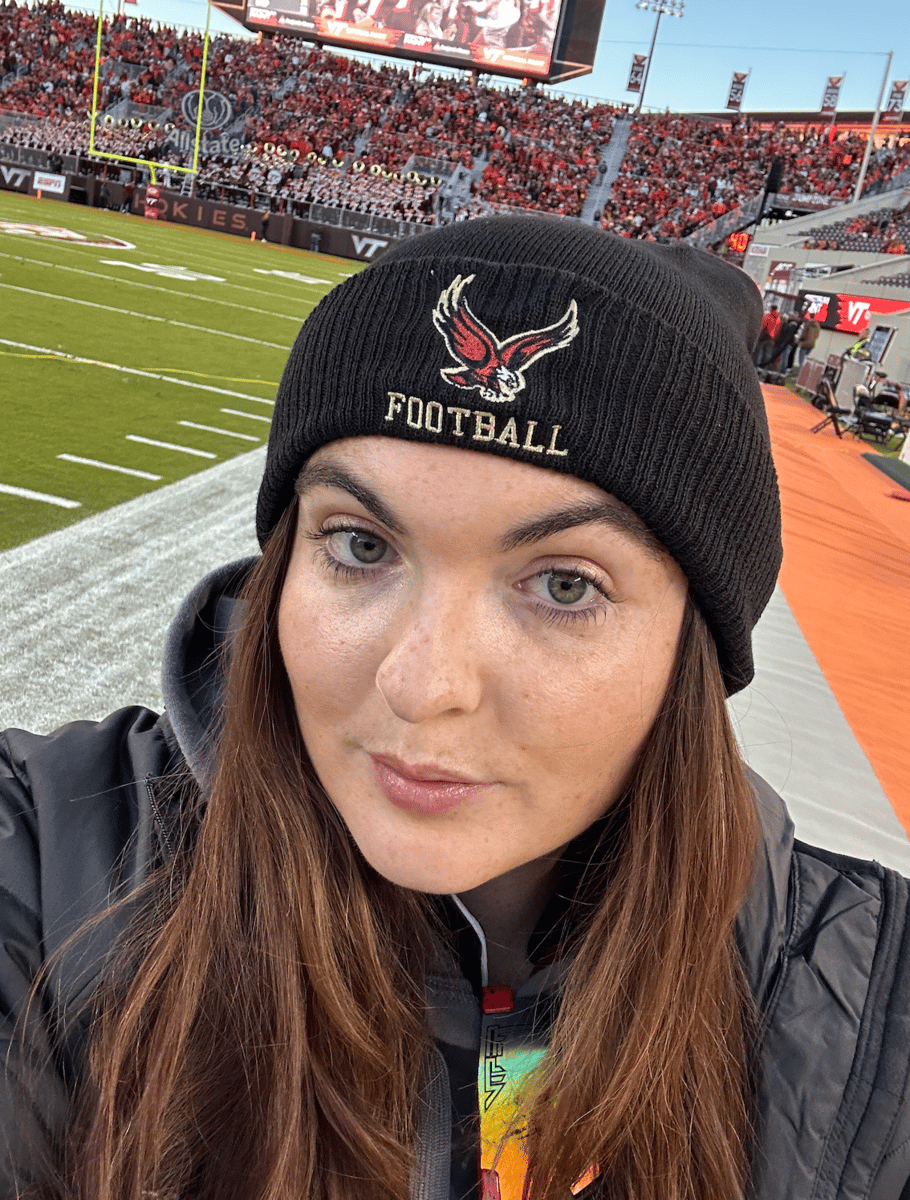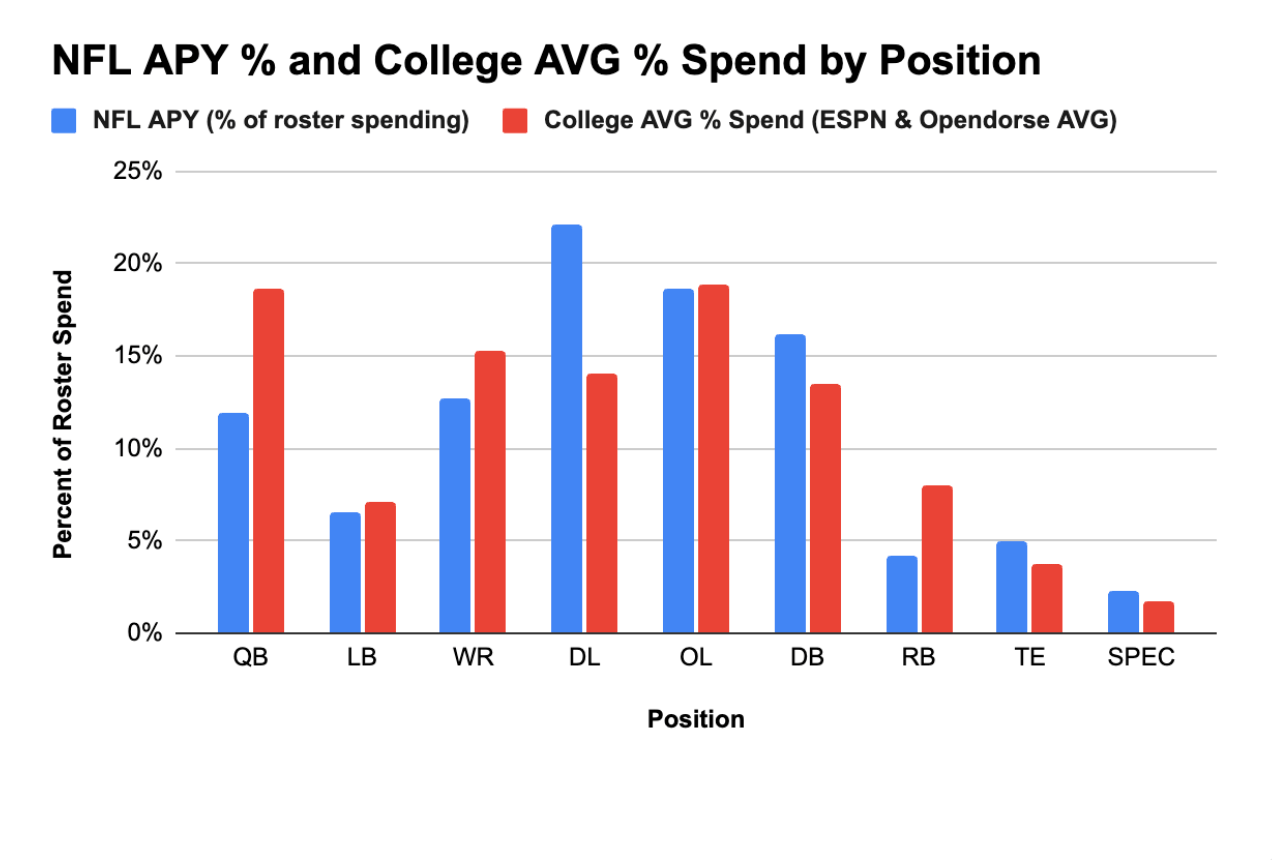It doesn’t take a data analyst or a rocket scientist to notice that media reports of current NIL and revenue share contracts in college football are sporadic, vague, and often conflicting. What should come as a surprise to most, however, is that even college athletics departments and football programs themselves lack reliable data on the emerging first generation of contracts for student-athlete revenue sharing. But unlike fans and media, college football operators cannot postpone their judgments and decisions until the data becomes reliable – a point in time that could be years away.
The delay in approval of the House settlement enabled general managers to “front-load” NIL payments last spring and summer. That will no longer be an option going forward. Increasingly, athletics departments are dissolving their collectives in favor of partnerships with private entities more compliant with the newly appointed College Sports Commission. And more broadly, programs are in a race not only to discover the next edge in prevailing rules, but also to find a durable financial strategy that will work for them during a turbulent era where data is cloudy at best.
Noisy Data and What We Can Make Of It
Multiple media outlets have conducted surveys or studies to determine revenue allotment spending amounts across conferences and programs, to varying degrees of accuracy. Both ESPN and Opendorse have collected and published positional spend data. And of course, much can be learned from the NFL – an organization that has refined its salary cap rules and collective bargaining agreements (something that college currently lacks) over decades.
After taking a look at the available Over the Cap, ESPN, and Opendorse data, we estimated the emerging college football patterns of positional spend by percentage of available cap space. The following table compares percentage of cap spend by position on average across the NFL and college as reported by ESPN and Opendorse, sorted by NFL franchise tag values.

*ESPN, Opendorse, and Over The Cap percentages rounded to nearest whole number
**Franchise Tag amounts averaged for DL (DE and DT) and DB (SAF, CB)
To date, college teams do appear to outspend the NFL at quarterback, running back, and wide receiver, while generally underspending the NFL on defensive backs and the defensive line. Uncertainty abounds at other positions – like linebacker and offensive line, where college programs are both under- and over-paying relative to NFL spending.

What are the best strategies for evaluating college revenue sharing? How can schools develop the necessary data-driven methods to optimize their spending and provide transparency and sufficient justifications to their numerous stakeholders – campus administrations, trustees, alumni, and donors?
Building Reliable Internal Analysis
College football programs – and athletic departments overall – are going to need reliable internal governance before reliable external data become available. As programs “audit” themselves, they will require a combination of internal and external data analyses, the goal of which will be to provide not only player and position payment justifications but also future payment projections based on the best available understandings of revenue share allotments, market value, and evolving school-supported NIL deals. To achieve this goal, the very baseline of such an internal audit procedure will need analyses of player contract amounts as they relate to performance, alongside analyses on revenue share allotment usage with projections for future sustainability.
These analyses will need to be conducted by experienced professionals deploying both data- and football-related expertise. While student athletes and coaching staff right now are concerned with delivering a successful 2025 season, general managers and athletic directors are already looking ahead to the financial challenges awaiting them next spring. The race is on.
Get involved
Subscribe to our newsletter!
If you’re a parent or college football staffer interested in staying up to date with all things youth football or college football recruiting, or you just want to support Lauren or Echo Group Holdings, subscribe to our mailing list here!

